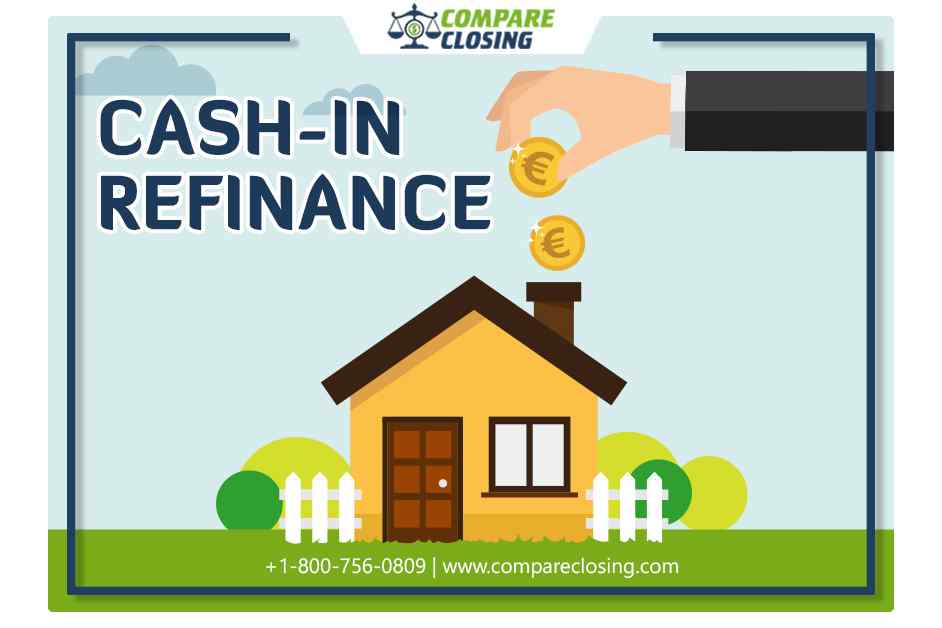The borrowers who buy a home with less than 20% down are usually charged private mortgage insurance (PMI) by the lenders.
This PMI which is often 0.5% – 1% of the loan amount protects the lender in case you default on their loan. So if the mortgage is $200,000 would have PMI ranging from $1,000 – $2,000 per year.
Usually, once a property’s LTV reaches 78% or less the PMI drops off. However, another way to avoid PMI is with a cash-in refinance, where the homeowner makes a lump-sum payment and increases their equity in the home.
As long as they have at least 20% equity with their new loan, they don’t need to pay PMI.
But if the borrower’s loan is insured by the FHA, VA, or USDA, then avoiding the PMI clause does not apply to them.
As the FHA’s mortgage insurance, VA’s Funding Fee, and the USDA’s Guarantee Fee aren‘t cancellable, so refinancing will not help to eliminate the fees.





